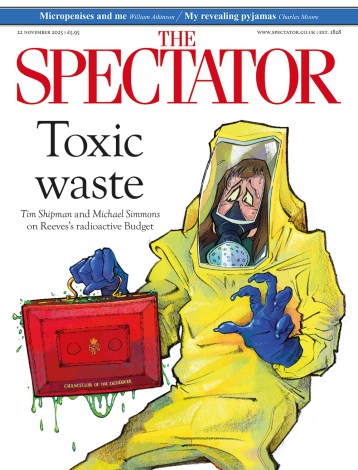Inflation is up again. CPI climbed to 3.8 per cent last month – up from 3.6 per cent in July, now well above the 2 per cent target that the Bank of England no longer seems all that bothered about missing. It throws fresh doubt on the wisdom of the Bank’s decision to cut rates just a fortnight ago, with prices now climbing to a 19-month high.
This morning’s inflation figures, released by the Office for National Statistics (ONS), show that much of the increase in prices was driven by a large jump in plane tickets and petrol. Economists had expected inflation to tick up – but not by this much.
Food inflation has increased for the fourth month in a row. It is now at its highest level in more than a year at 4.9 per cent. Beef, confectionary, tea and coffee are increasing in price fastest.
Worryingly, core inflation – which excludes energy and food – was up too, from 3.7 per cent in June to 3.8 per cent last month. It seems unlikely the most recent bout of inflation will be short-term.
These price rises seem to be catching the Monetary Policy Committee by surprise. In recent months, they have switched their worries to the cooling labour market whilst forgetting their most important mission. The fact the latest price rises are driven by increases in domestic costs suggests inflation could be here to stay. We will now need to see significant movement on this before the Bank even considers cutting rates again.
The Bank should not shoulder all of the blame though. Services inflation is now at 5 per cent and the continuing rise in food prices is blamed by economists on Rachel Reeves’s tax and wage policies, which have massively increased staffing costs. The Chancellor herself conceded this morning that there is still 'more to do' to ease the cost of living.
The risk now is that growth slows down from a snail’s pace to a standstill just as prices are picking up. The result: stagflation becomes entrenched.
What’s more, gilt yields spiked higher immediately after the Bank’s rate cut – the exact opposite of what would normally be expected. Yields are now at a 27 year high. Instead of easing financing conditions, markets appear to be signalling a lack of confidence in Threadneedle Street’s strategy. That reaction is a worrying sign that investors see inflation pressures persisting, not fading.







Comments